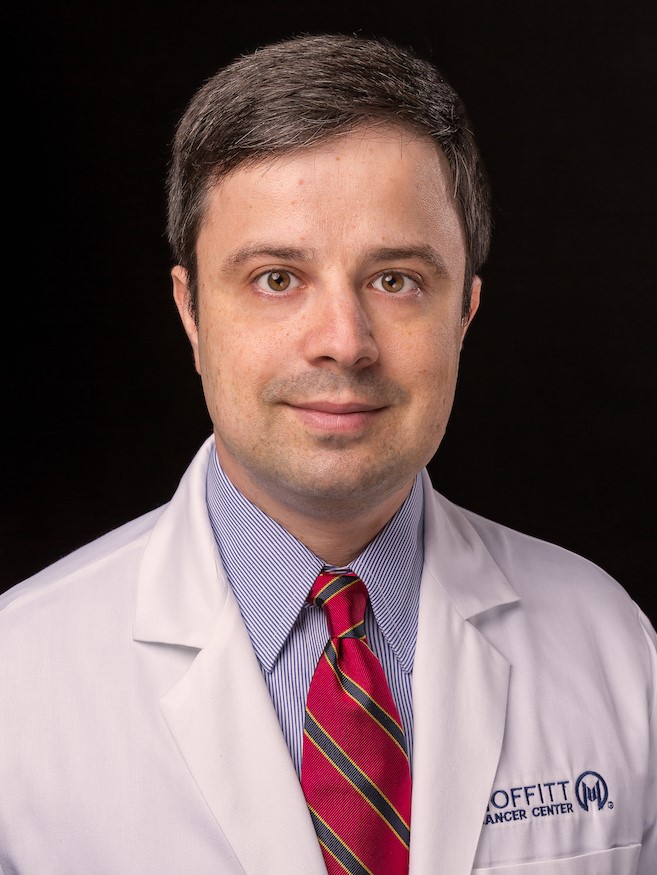
Dr. Markowitz is a physician scientist, U.S. Board certified internist, medical oncologist, and clinical informaticist. His laboratory focuses on the nitric oxide (NO) mechanisms of inhibition to checkpoint blockade therapy in melanoma patients. In addition, the lab is developing tools to predict which patients are likely to fail immune-based therapy via novel high dimensional flow cytometric, mass spectrometry and informatics techniques, allowing those patients to be treated with other potentially more effective therapies.
Dr. Markowitz’s earned his B.A. in Biochemistry, his M.S. in Chemistry, and his Ph.D. in Biochemistry. He completed an Internal Medicine Residency, a Medical Oncology Fellowship, and a Postdoctoral Fellowship in Immunology. Dr. Markowitz is striving to translate the knowledge gained in the laboratory to the clinic via his unique combination of clinical and research skills. At Moffitt, his group has also translated preclinical work into a first-in-human clinical trial. In addition, Dr. Markowitz is the Principal Investigator on multiple translational and clinical protocols to investigate the mechanisms of resistance to checkpoint blockade in melanoma patients.
LinkedIn: Joseph Markowitz
Department of Cutaneous Oncology
H. Lee Moffitt Cancer Center & Research Institute
Department of Oncologic Sciences
Morsani College of Medicine
University of South Florida

Vishanna joined the lab in 2023 as a Research Associate. She earned her M.S. in Biotechnology from the University of South Florida. She previously earned her B.S. in Microbiology and Biotechnology from the University of the West Indies. Vishanna is currently studying murine nitric oxide models for melanoma therapies.
LinkedIn: Vishanna Balkaran

John joined the lab in 2022 after earning his B.S. in Interdisciplinary Studies from the University of Central Florida.
He is currently pursuing his M.D. at the University of South Florida Morsani College of Medicine.
John is first author an extensive review on the role of nitric oxide in melanoma in BBA Reviews on Cancer (Impact Factor 9.7).

